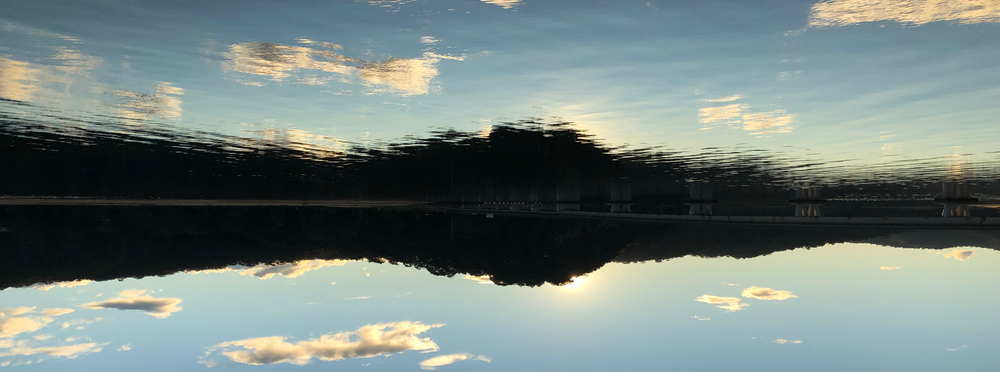Featured

Geo★ Down Under
Experts in geodynamics, geophysics & geology tell you what you need to know

Experts in geodynamics, geophysics & geology tell you what you need to know